A UV-visible light spectrophotometer measures sample compositions and concentrations as a function of the color intensity or, more specifically, the wavelength of light absorbed by the analyte. UV-Vis spectrophotometry is routinely used in the quantitative determination of solutions of transition metals and highly conjugated organic compounds. Using Beer’s law, information about sample concentration can be determined from the absorbance as well as sample composition and contaminants, which in turn can be determined by the specific wavelengths that the analyte absorbs UV or visible light. A sample is placed in a laboratory spectrophotometer, and ultraviolet or visible light at a certain wavelength or range of wavelengths is transmitted through the sample. The UV-Vis spectrophotometer then measures how much light is absorbed by the sample and produces a report for the user.
Features and Benefits:
Simple operation
High reproducibility
Cost effective analytical solutions
Wide range of wavelengths
Power interruption protection
Choice of accessories for greater flexibility
Interface with a printer for printed reports
Great for industrial quality control, water analysis, and educational purposes
Spectrum : UV, visible
Measurement method : absorption
Other characteristics : benchtop
Wavelength : Max.:



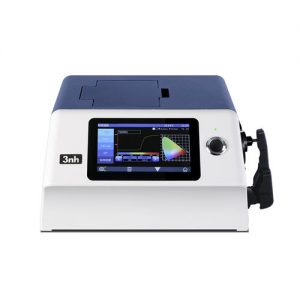
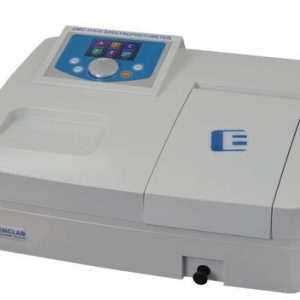
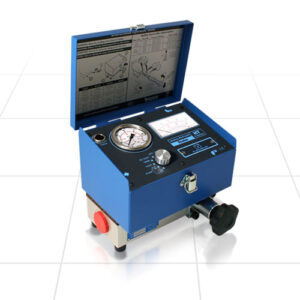
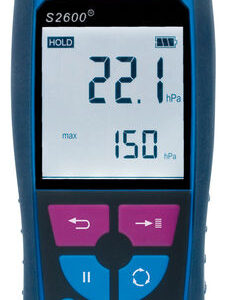
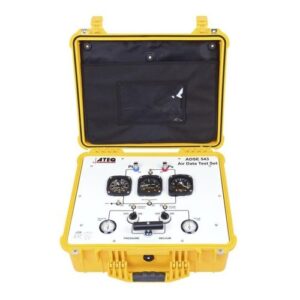

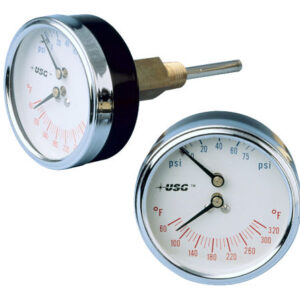
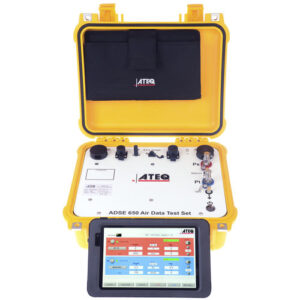
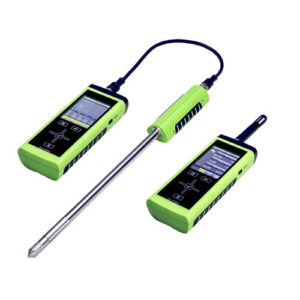
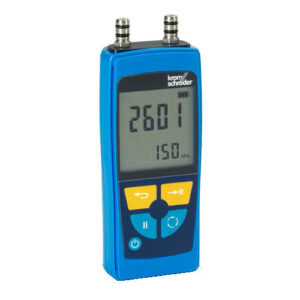
Reviews
There are no reviews yet.